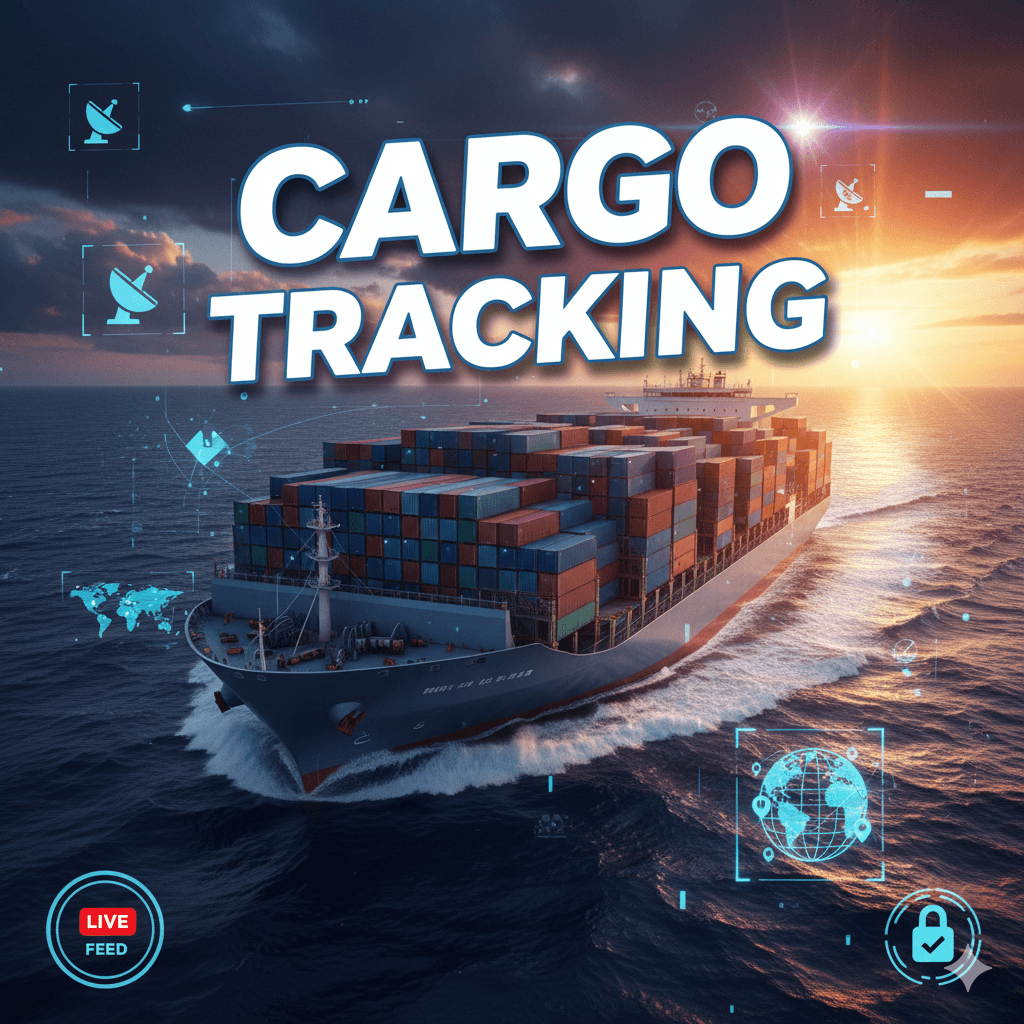
October 7, 2025
Real-Time Cargo Tracking: Transparency That Transforms Shipping
In an era where you can watch a pizza delivery driver’s every turn, the shipping industry has embraced a parallel revolution. Real-time cargo tracking has evolved from a luxury to an expectation, fundamentally changing how businesses and consumers interact with international logistics. What was once a “black box” journey across oceans has become a transparent, data-rich experience that empowers shippers with unprecedented visibility and control.
The Visibility Gap
For decades, cargo shipping operated on trust and estimates. Once a container left the port, it essentially disappeared into a weeks-long voyage, with updates arriving sporadically through phone calls or faxed documents. This opacity created anxiety for shippers, complicated supply chain planning, and made responding to delays nearly impossible. The financial impact was substantial—companies held excess inventory as insurance against uncertainty, tying up capital and warehouse space. When delays occurred, the ripple effects cascaded through entire supply chains, catching businesses off guard.
The Technology Revolution
Today’s tracking systems are a far cry from those paper-based updates. GPS-enabled containers and vessels broadcast their locations continuously, feeding data into sophisticated platforms accessible via smartphone or computer. Internet of Things (IoT) sensors go beyond mere location, monitoring temperature, humidity, shock, and even whether a container has been opened—critical for sensitive cargo like pharmaceuticals or perishables.
Blockchain technology is adding another layer, creating immutable records of custody transfers and condition reports. Meanwhile, artificial intelligence analyzes historical shipping data to predict arrival times with remarkable accuracy, accounting for weather patterns, port congestion, and seasonal variations. Some systems now offer predictive alerts, warning shippers of potential delays before they fully materialize, allowing for proactive mitigation strategies.
The Business Impact
The benefits of real-time tracking extend far beyond peace of mind. Just-in-time manufacturing relies on precise arrival windows—knowing exactly when components will arrive allows factories to minimize inventory costs while maintaining production schedules. Retailers can coordinate marketing campaigns and staffing around actual delivery dates rather than estimates, improving efficiency and customer satisfaction.
For perishable goods, the stakes are even higher. Real-time monitoring of refrigerated containers ensures cold chains remain unbroken, protecting product quality and reducing waste. If a temperature deviation occurs mid-voyage, immediate alerts allow for intervention or at minimum, informed decisions about product disposition upon arrival.
Customer expectations have evolved too. Major retailers now demand tracking visibility as a baseline requirement from their logistics partners. Companies offering superior tracking capabilities gain competitive advantages, converting transparency into trust and repeat business. The ability to provide customers with accurate, real-time updates has become a differentiator in a crowded marketplace.
Challenges on the Horizon
Despite impressive advances, standardization remains elusive. Different shipping lines, ports, and logistics providers often use incompatible systems, creating data silos that frustrate end-to-end visibility. Small and medium-sized businesses may find advanced tracking solutions cost-prohibitive, creating a two-tier system where only large shippers enjoy full transparency.
Data security presents another concern. As tracking systems become more connected, they also become more vulnerable to cyber threats. Protecting sensitive shipping information while maintaining accessibility requires robust cybersecurity measures and ongoing vigilance.
Looking Ahead
The trajectory is clear: tracking will become even more granular and predictive. Satellite networks designed specifically for maritime communication are expanding coverage to the most remote ocean routes. Machine learning algorithms will grow more sophisticated, potentially predicting port delays days in advance based on vessel traffic patterns and historical data.
Integration with customs and regulatory systems promises to streamline clearance processes, reducing the paperwork burden and accelerating cargo release. Some ports are already piloting systems where tracked containers receive priority processing, rewarding companies that embrace transparency with faster turnaround times.
Real-time tracking represents more than technological progress—it reflects a fundamental shift in how the shipping industry operates. Transparency builds trust, efficiency reduces costs, and visibility enables smarter decision-making. For businesses navigating global supply chains, the question is no longer whether to adopt real-time tracking, but how quickly they can leverage it to stay competitive in an increasingly connected world.